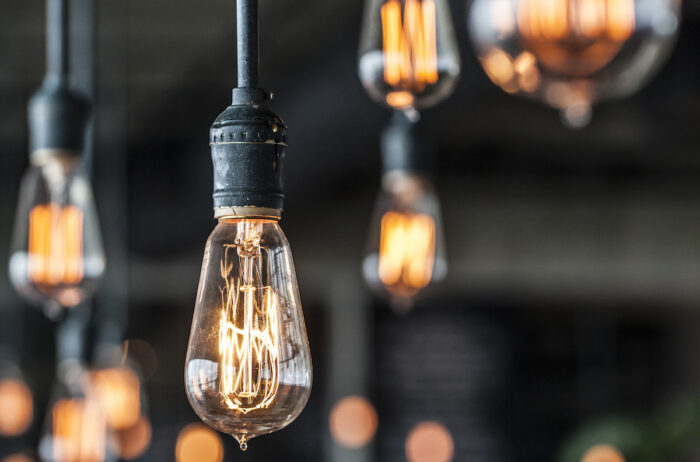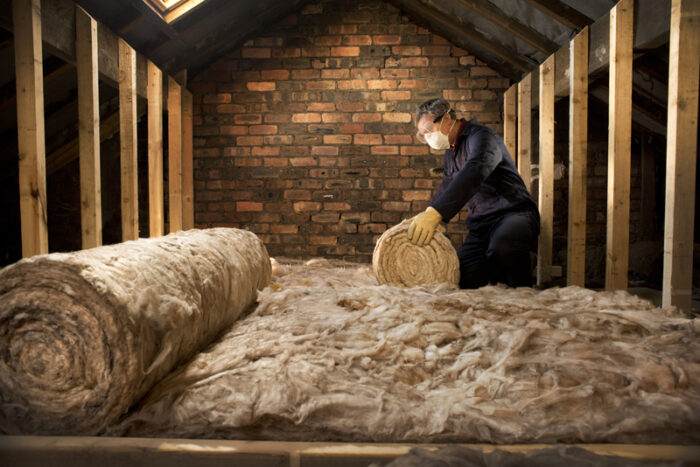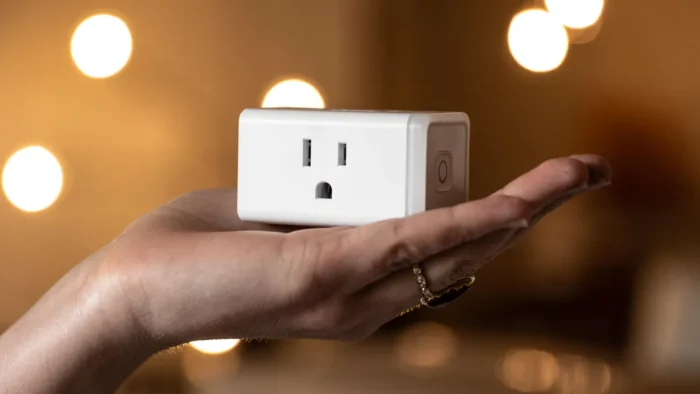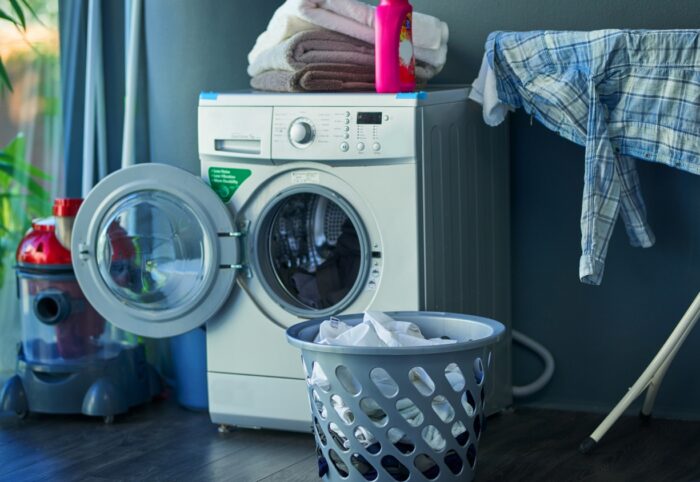
Making your home more energy efficient has obvious benefits. For starters it will save you money as the more energy efficient it isthe less you will have to spend on heating and electricity. Furthermore, being energy efficient means that you are reducing your carbon footprint, thus doing your bit for the environment and hopefully making the world a better place for your children and grandchildren.
So, what can you do to make your home more energy efficient? Does it mean spending a lot of money? Not necessarily, although there are some things that will require an initial outlay. Below are a few things that can be done, some of which will require little or no investment on your partwhile others may involve spending money initially but will help you save in the long term.
Change the Lightbulbs

If you are still using old style incandescent bulbs, you should definitely consider switching to LED bulbs. New rules introduced by the Biden administration will see the sale of incandescent bulbs phased out in 2024, but why wait until then? LED lightbulbs can last for up to fifty times longer than incandescent bulbs, and they use far less electricity. They may be more expensive to buy, but they will make your home more energy efficient and save you money in the process.
Turn Down the Heating
Many people whack their heating up high and then walk around the house in t-shirts and shorts. It would be far better to turn the thermostat down a few degrees and layer up. The Department of Energy estimates that you can save up to 10 percent on heating and cooling by turning your thermostat down between 7 and 10 degrees for 8 hours a day.
Improve Your Insulation

Checking and improving your home’s insulation (if appropriate) can really help to save money. It is best to start at the top of your home as this is where the most heat is lost. Insulating a loft is not very expensive and is a terrific way to reduce energy bills. The type of insulation you choose will depend on the spacing in the loft. If you have standard joists, then you can get long rolls of insulation called batts. If your loft does not have the standard joist spacing, then you may need to have insulation blown in by a contractor, which will be slightly more expensive. However, the savings it could make would pay for itself over time.
Some homes can benefit from a cavity wall insulation system. This type of system involves insulating the space between the interior and exterior walls of a home, trapping heat and preventing moisture from travelling from the outer wall to the inner wall. As well as reducing heat loss, cavity walls provide sound insulation, making the home cozier overall.
Install a Solar Panel System
Solar panels are one of the best ways to reduce your dependency on the grid. According to the experts at Vivint Solar, they also save you money on your energy bills and reduce your carbon footprint at the same time. A solar battery storage system will allow you to use the electricity you generate even when the sun goes down.
Standard solar panel systems harness the sun’s energy and feed electricity to the homewhile the panels are generating this power. Appliances in the home are powered by the panels during the day, but any excess electricity generated is usually sent back to the grid. Utility companies will typically pay homeowners for the excess they export but the amount they pay tends to be much lower than the amount they charge.
This means that you are essentially paying a higher price for the electricity that you send to the grid when you need to import it back at nighttime. With a battery, you can store this excess energy for use when the panels are not working as effectively or not at all, such as on cloudy days or when the sun goes down. With this type of system, you can power your home and reduce your energy bills quite significantly. While solar panel systems are expensive to install, they do tend to pay for themselves within a few years.
Install Smart Plugs

Leaving appliances on standby is something that many of us do. While innovations in technology mean that this is not as much of an issue as it once was, for those still using older appliances, the cost of doing so is like throwing money in the trash. If you think that going around switching every appliance off is too much of a hassle, you could use smart plugs or a standby saver that can be powered by an app on your phone. Some of these devices will automatically switch power off for any device that goes into standby.
Use Alternative Cooking Methods
Instead of using your stove or oven to cook food, try to use low-energy consuming appliances such as an air fryer, microwave, or slow cooker. Microwaves are cheaper for cooking food because they only heat the food and not the air inside, making them more energy efficient. Air fryers also cook food much quicker and reach their maximum temperature more quickly due to them being smaller than an oven. A slow cooker is an extremely energy-efficient way to cook family meals using a fraction of the power when compared to a stove or oven.
Use Cooler Wash Cycles

The biggest cost associated with laundry is the energy required to heat the water in the machine. By switching to cooler wash cycles, you can save a significant amount of money. Newer machines are remarkably effective when it comes to washing on cooler cycles and you can even buy detergents that have been designed for use in colder water. When it comes to drying your clothes, hang them outside where possible but if you must use a tumble dryer, throw in some wool dryer balls, which help to prevent clothing balling up and taking longer to dry.
Conclusion
Significant savings could be achieved with just these tips we mentioned in this article. Furthermore, working with reliable gas and electricity supplier like Corona Energy, as this case study shows, could further improve the energy efficiency of households leading to a significant reduction of energy consumption.











